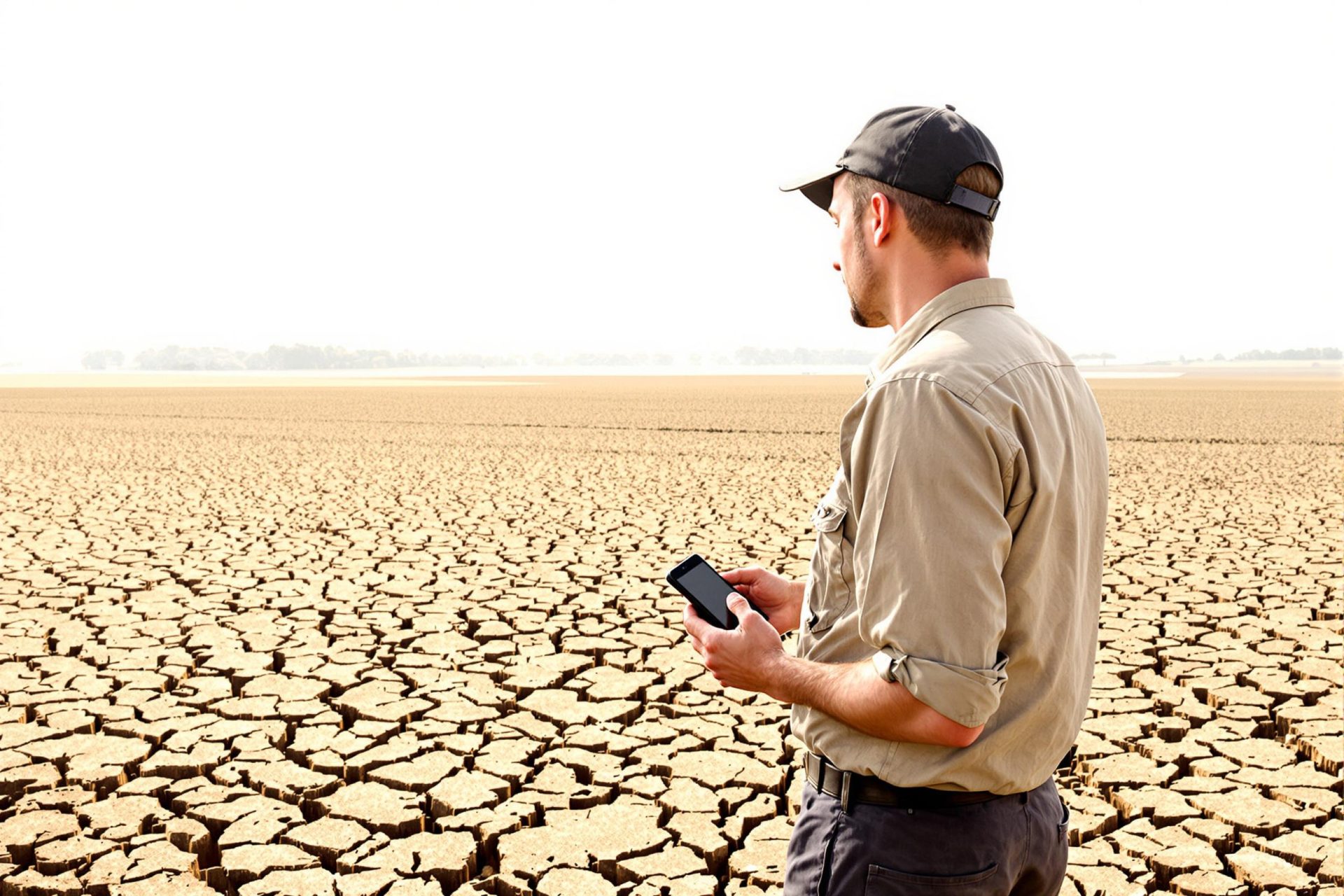Key Takeaways
- Artificial intelligence is increasingly used to predict climate-related risks like crop failures and weather patterns.
- While large companies can use AI insights to adapt and protect themselves, smaller entities like farmers often lack the resources to act.
- This difference creates a “foresight gap”—the ability to see risk is not matched by the capacity to respond for everyone.
- This gap can worsen inequality and make entire systems (like food supply) more fragile when shocks occur.
- Addressing this requires making predictive tools more accessible, fostering partnerships to build capacity, and encouraging businesses to consider system-wide resilience.
In regions like East Africa, artificial intelligence tools are becoming remarkably adept at forecasting rainfall, predicting potential crop failures, and identifying soil degradation.
Agritech startups and large agribusinesses use satellite imagery and machine learning, giving them valuable foresight for planting schedules and early warnings about pests.
This technology offers a way to build resilience by anticipating problems. However, there’s a growing divide. While global corporations can adjust their sourcing strategies and manage financial risks using these AI insights, smallholder farmers often cannot.
These farmers, who produce about a third of the world’s food, frequently lack access to essential resources like irrigation, credit, or institutional support needed to act on the data. Knowing what’s coming isn’t the problem; having the means to respond is.
This imbalance highlights a significant challenge: the widening gap between those who can foresee disruptions and those equipped to handle Tthem. AI is revolutionizing risk assessment and resource management, but it could also amplify existing inequalities.
It’s less about AI directly harming those with fewer resources and more about accelerating the advantage of those already ahead. According to Forbes, this dynamic creates a ‘foresight gap’—the distance between insight and the actual ability to act.
Many groups, including municipalities and farming cooperatives, might have access to forecasts and data. But without funding, tools, or supportive institutions, this knowledge often leads to awareness of risk without the power to manage it effectively.
The result is uneven resilience, where some surge forward while others struggle. AI could reinforce this pattern, allowing corporations to reroute investments and hedge risks, while suppliers in vulnerable areas face the consequences.
Risk gets shifted, not reduced. This selective adaptation fortifies the strong while leaving others exposed, potentially undermining overall equity and stability in the long run.
This pattern extends beyond agriculture. Cities with resources invest in AI for better infrastructure planning and emergency response, while others, especially in the Global South, make do with outdated systems.
In insurance, AI influences climate risk pricing, potentially making coverage unaffordable or unavailable in high-risk zones. In supply chains, predictive analytics help large firms avoid disruptions, leaving frontline workers and smaller businesses exposed.
When only some can adapt, the costs of disruption ripple outwards, affecting everyone. Fragility among smaller players can destabilize the entire system, as seen when the 2022 Pakistan floods forced global retailers to adjust, leaving local suppliers devastated.
Concentrated resilience doesn’t guarantee collective stability. While often touted for inclusion, AI could worsen divides if not governed properly. The foresight gap reflects deeper disparities in capital and capability.
A fair transition requires more than just managing costs and benefits; it demands access to adaptive capacity for everyone. Supporting others in acquiring the tools to respond isn’t just about fairness—it’s crucial for managing shared risks.
This calls for investment in public foresight infrastructure, designing predictive tools for broad usability, including open-access models and data collaboratives suited for under-resourced areas.
Crucially, these tools must reach local governments, cooperatives, and community organizations on the front lines who can act effectively.
Partnerships are also needed. Companies using AI to manage their own risks should help build the adaptive capabilities of their suppliers and local communities—a practical approach to reducing risk concentration.
Furthermore, boards and investors need to consider if AI strategies build system-wide resilience or just protect the individual firm. Fiduciary duty should encompass ensuring AI tools contribute to stable and inclusive long-term value.
AI’s role isn’t just prediction; generative models can shape knowledge access and decision-making. While potentially expanding adaptive capacity, the core question remains: who can meaningfully use these tools?
The path AI takes in sustainability depends on choices regarding governance and accountability. The real test isn’t just AI’s predictive power, but whether it helps build resilience across the entire system.
Ultimately, leadership will be measured not by who foresaw risk first, but by who ensured others were equipped to face it when it arrived.



